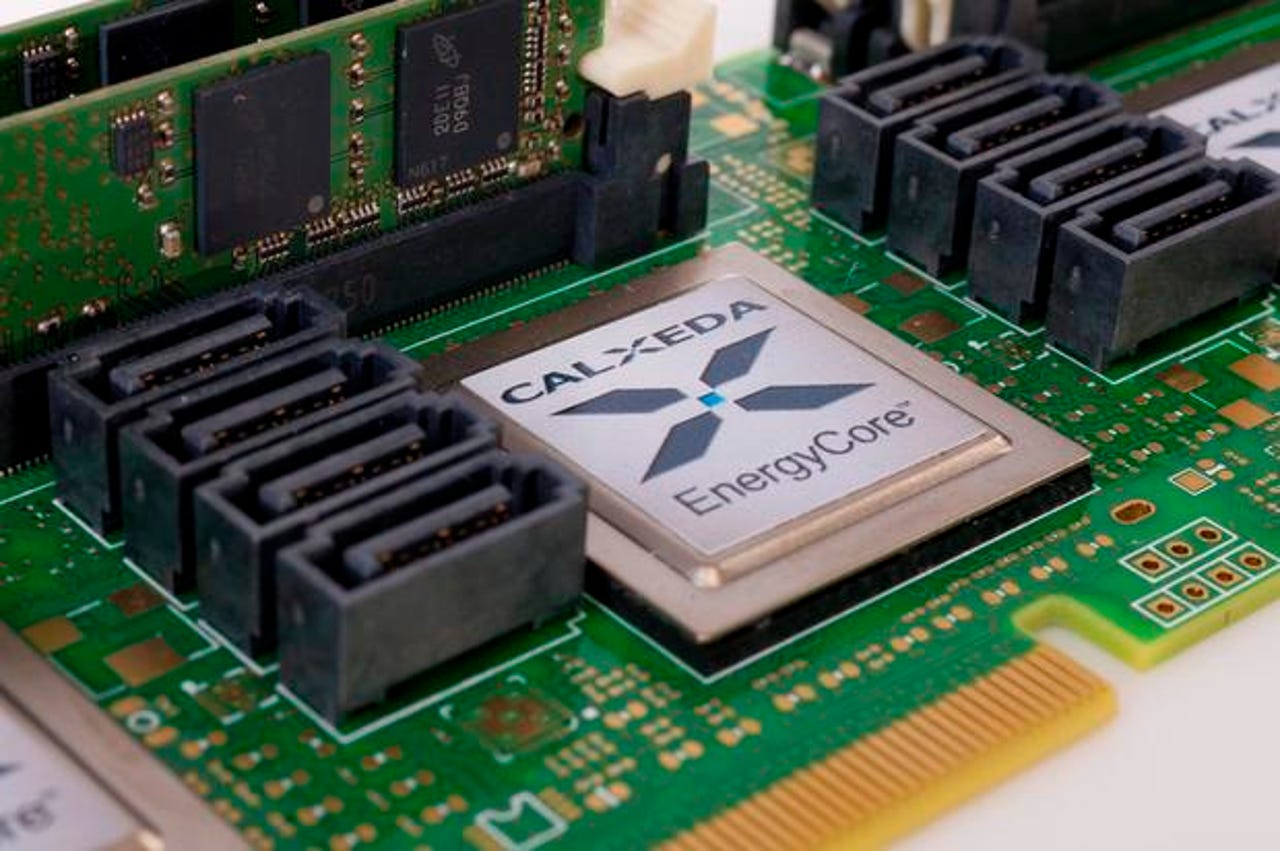Calxeda, founded in 2008, aimed to revolutionize server technology with ARM-based systems, promising lower energy consumption and cost efficiency. Despite early successes and significant funding, the company shut down in 2013 due to financial struggles and market challenges, marking a dramatic rise and fall in the tech industry.

Calxeda's main product was the EnergyCore ECX-1000, an ARM-based system on a chip (SoC) designed for server computers. Its unique value proposition lay in offering reduced energy consumption and better cost per throughput compared to traditional x86-based servers. Notably, Hewlett-Packard used Calxeda's technology in their Moonshot servers.
The story of Calxeda is a compelling example of a tech startup's rapid rise and sudden fall, marked by several critical phases:
Calxeda shut down on December 19, 2013, due to financial struggles and an inability to secure additional funding. The company informed its employees of the shutdown, marking the end of its operations and a significant blow to its stakeholders.
Calxeda raised $103 million but failed to secure additional funding, leading to its shutdown. An executive stated, "We simply ran out of money." The inability to generate revenue quickly enough to cover operational costs exacerbated the financial strain, ultimately forcing the company to cease operations.
Despite initial interest, Calxeda struggled to gain sufficient market traction for its ARM server chip designs. Potential customers, including major web companies, were hesitant to invest in 32-bit technology, preferring to wait for next-generation 64-bit solutions, which limited immediate revenue opportunities.
Calxeda's reliance on 32-bit architecture limited its appeal in a market moving towards 64-bit solutions. The 32-bit chips restricted addressable memory to 4GB, insufficient for virtualization and cloud operations. This technological lag hindered the company's ability to compete effectively against established x86-based servers.
Calxeda faced intense competition from established x86 server manufacturers like Intel and AMD, as well as other ARM-based vendors. The need to rewrite software designed for x86 architecture to work on ARM further complicated market adoption, making it difficult for Calxeda to secure a foothold.
Calxeda's inability to secure a critical deal with Hewlett-Packard was a significant setback. The failure to finalize this partnership meant losing a major potential revenue stream and market validation, contributing to the company's financial difficulties and eventual shutdown.
Calxeda's story is a stark reminder of how quickly a promising startup can face insurmountable challenges. If you're in a similar situation, book a demo with Sunset to see how we can help you navigate the complexities of winding down your business.
Sunset takes care of all the legal, tax, and operational burdens, allowing you to avoid penalties and reduce liabilities. Let us handle the tough parts so you can move on to your next venture with peace of mind.